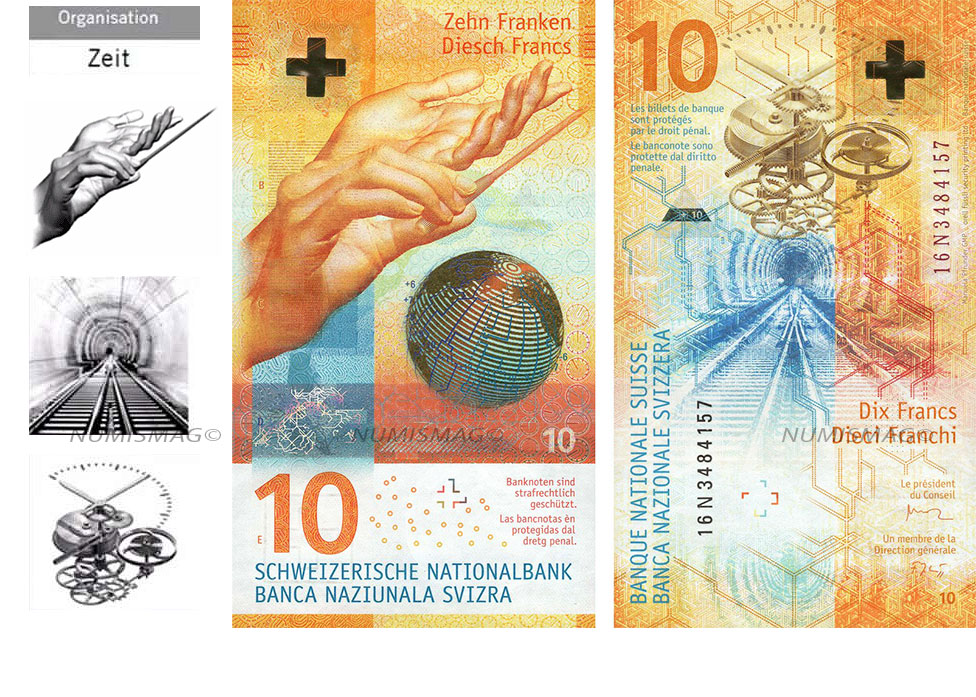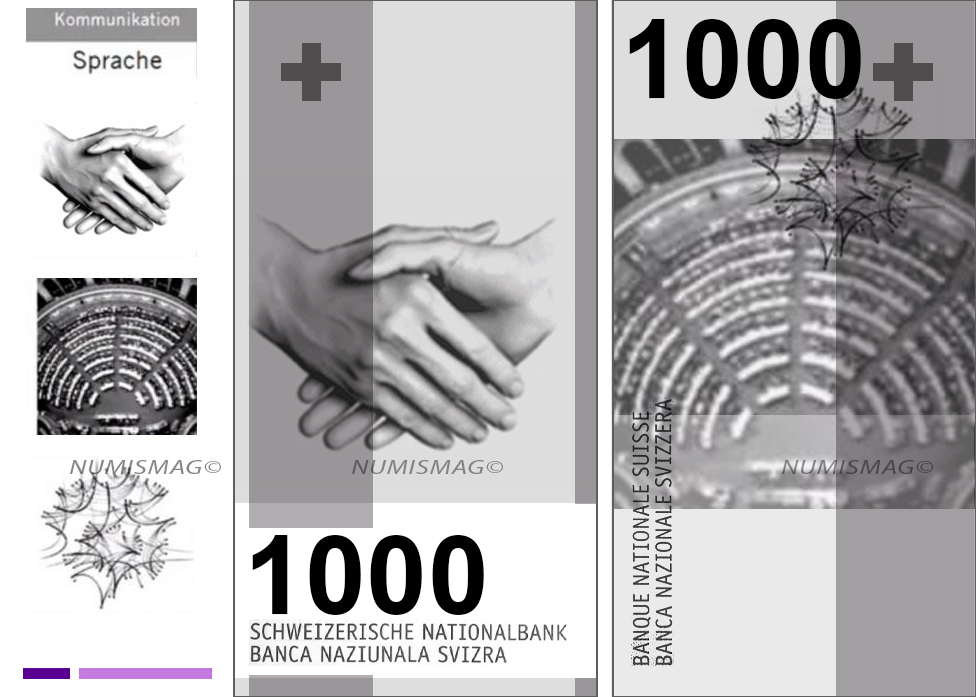Is the USD too strong?
Poll
| No votes (0%) | |||
| No votes (0%) | |||
 | 1 vote (100%) | ||
| No votes (0%) |
1 member has voted
| January 17th, 2019 at 2:16:54 PM permalink | |
| Pacomartin Member since: Oct 24, 2012 Threads: 1068 Posts: 12569 | China, the European Union and others have been manipulating their currencies and interest rates lower, while the U.S. is raising rates while the dollars gets stronger and stronger with each passing day - taking away our big competitive edge. As usual, not a level playing field... ó Donald J. Trump (@realDonaldTrump) July 20, 2018 In the mid-1980s when the Fed in the United States created a similar problem, the largest nations came together at the Plaza Hotel in New York and forced a change in approach.
|
| January 17th, 2019 at 3:59:26 PM permalink | |
| Aussie Member since: May 10, 2016 Threads: 2 Posts: 458 | Yes it is far too strong. If it could be devalued 20% or so in time for my next visit it would be much appreciated!lol |
| January 17th, 2019 at 5:33:59 PM permalink | |
| petroglyph Member since: Aug 3, 2014 Threads: 25 Posts: 6227 | wrong place The last official act of any government is to loot the treasury. GW |
| January 17th, 2019 at 5:59:18 PM permalink | |
| Pacomartin Member since: Oct 24, 2012 Threads: 1068 Posts: 12569 |
What's the best exchange rate you ever had? Do Australians stress out when the AUD is stronger than USD? Why was the AUD so weak 15 years ago? AUD$100 = USD$72 Min @===> Max | year $70.00 @===> $72.04 | 2019 $70.20 @===> $81.05 | 2018 $72.31 @===> $80.71 | 2017 $68.55 @===> $78.17 | 2016 $69.17 @===> $82.12 | 2015 $80.97 @===> $94.88 | 2014 $88.58 @===> $105.79 | 2013 $96.88 @===> $108.06 | 2012 $94.53 @===> $110.26 | 2011 $81.72 @===> $101.53 | 2010 $63.01 @===> $93.69 | 2009 $60.73 @===> $97.97 | 2008 $77.24 @===> $93.69 | 2007 $70.56 @===> $79.14 | 2006 $72.61 @===> $79.74 | 2005 $68.40 @===> $79.79 | 2004 $56.29 @===> $75.20 | 2003 $50.60 @===> $57.48 | 2002 $48.28 @===> $57.12 | 2001 $51.12 @===> $66.87 | 2000 $61.79 @===> $67.12 | 1999 $55.50 @===> $68.68 | 1998 $64.90 @===> $79.78 | 1997 $73.18 @===> $81.80 | 1996 $71.00 @===> $77.03 | 1995 $68.40 @===> $77.78 | 1994 $64.50 @===> $72.13 | 1993 $68.22 @===> $77.00 | 1992 $75.07 @===> $80.11 | 1991 $74.52 @===> $83.51 | 1990 $73.95 @===> $89.15 | 1989 $70.20 @===> $88.15 | 1988 $64.40 @===> $73.63 | 1987 $59.59 @===> $74.65 | 1986 $63.35 @===> $82.20 | 1985 $81.88 @===> $96.48 | 1984 $85.28 @===> $99.05 | 1983 $93.33 @===> $112.90 | 1982 $112.25 @===> $118.90 | 1981 $106.70 @===> $118.14 | 1980 $109.02 @===> $115.18 | 1979 $112.30 @===> $118.60 | 1978 $108.22 @===> $114.10 | 1977 $100.54 @===> $126.10 | 1976 $125.18 @===> $136.55 | 1975 $130.25 @===> $148.75 | 1974 $127.10 @===> $148.85 | 1973 $118.80 @===> $127.32 | 1972 $111.24 @===> $118.88 | 1971 I'm actually surprised there is that much variation, sometimes within a single year |
| January 17th, 2019 at 6:18:18 PM permalink | |
| Aussie Member since: May 10, 2016 Threads: 2 Posts: 458 | I went on my honeymoon in 2012 at close to the highest rate since the AUD was floated in 1983. Forget the exact rate but was around AUD100 = USD105. Made NYC a LOT cheaper, even if it was only for 5 days. We also got around EUR85, GBP66 & SGD135 for our $100 on that trip too so was a win all round. Iím sure exporters stress when our dollar is strong. Donít have to worry about that myself though. The stronger the better given I like to travel. |
| January 18th, 2019 at 2:33:05 AM permalink | |
| AZDuffman Member since: Oct 24, 2012 Threads: 135 Posts: 18210 |
Strong AUD killed a few car models at GM here. USD gets strong because the reserve currency kind of has to spend most of its time strong. We are on our way to killing the USD as a reserve of course, but nobody else seems to want to take over. The President is a fink. |
| January 18th, 2019 at 6:36:29 AM permalink | |
| Pacomartin Member since: Oct 24, 2012 Threads: 1068 Posts: 12569 | It seems like the AUD and CAD have been pretty close in the last three years, but before 2015, the AUD seemed to vary more in the course of a year. I know the idea of a currency union with New Zealand is frequently discussed for about 30 years, but I don't know if a currency union with Canada is ever talked about. Value of AUD$100 and CAD$100 in USD
|
| January 18th, 2019 at 7:02:17 AM permalink | |
| Pacomartin Member since: Oct 24, 2012 Threads: 1068 Posts: 12569 |
Although you often hear that China's GDP has caught up to USA's GDP, that is by purchasing power parity measurement. If you go by exchange rate China and Euro Area are similar. But the Commonwealth Realms has a GDP greater than Japan. If they re-entered a currency union, they would be a big reserve currency. GDP in USD billions for 2017 (exchange rate comparison, not PPP) United States $19,832 Euro area $12,633 China $12,015 Japan $4,871 ------ United Kingdom $2,636 Canada $1,647 Australia $1,379 Commonwealth realms (3/16): $5,662 ------ Germany $3,695 Euro France $2,585 Euro Italy $1,945 Euro Spain $1,315 Euro Netherlands $827 Euro ------ India $2,625 Brazil $2,054 Russia $1,577 Korea $1,530 Mexico $1,202 Indonesia $1,016 Turkey $852 Argentina $697 Saudi Arabia $687 Switzerland $679 Sweden $536 Belgium $495 South Africa $349 Hong Kong $341 Singapore $324 |
| January 18th, 2019 at 8:28:32 AM permalink | |
| AZDuffman Member since: Oct 24, 2012 Threads: 135 Posts: 18210 |
Economy size is very important to be a reserve, but other stuff goes into it. China is still third-world in the interior. They are not a free economy, meaning you are taking a huge chance holding them in reserve. EU could be a reserve, but they always have a few sick children (Greece, etc.) The biggie is inertia. Since 1945 the USA has built the financial systems of the world. The USA has been willing to buy from the world, getting USD out there. Someone has to make a system totally independent to take over. Mystery remains what will happen when the dollar crashes and burns. We could see international trade return to barter. Oil for rice, etc. The President is a fink. |
| January 18th, 2019 at 9:08:47 AM permalink | |
| Pacomartin Member since: Oct 24, 2012 Threads: 1068 Posts: 12569 |
The USD is not THE reserve currency, it is the dominant reserve currency. While the USD decreased as a percentage of "allocated reserves". It has increased in percentage of the total reserves in the last 5 quarters, because "Unallocated Reserves" has dropped so much. Unallocated Reserves is the difference between the total foreign exchange reserves in the International Financial Statistics (IFS) world table on Foreign Exchange and the total allocated reserves in COFER. It includes foreign exchange reserves of those countries/territories that currently do not report to COFER but whose total foreign exchange reserves are included in the IFS world table.
Source imf: http://data.imf.org/?sk=E6A5F467-C14B-4AA8-9F6D-5A09EC4E62A4 I don't really expect the new 1000CHF banknote when it is released in a few months to replace the US$100 banknote, but I think it is going to make a dent in growth pattern.  Final images not released yet for 100CHF and 1000CHF   |

